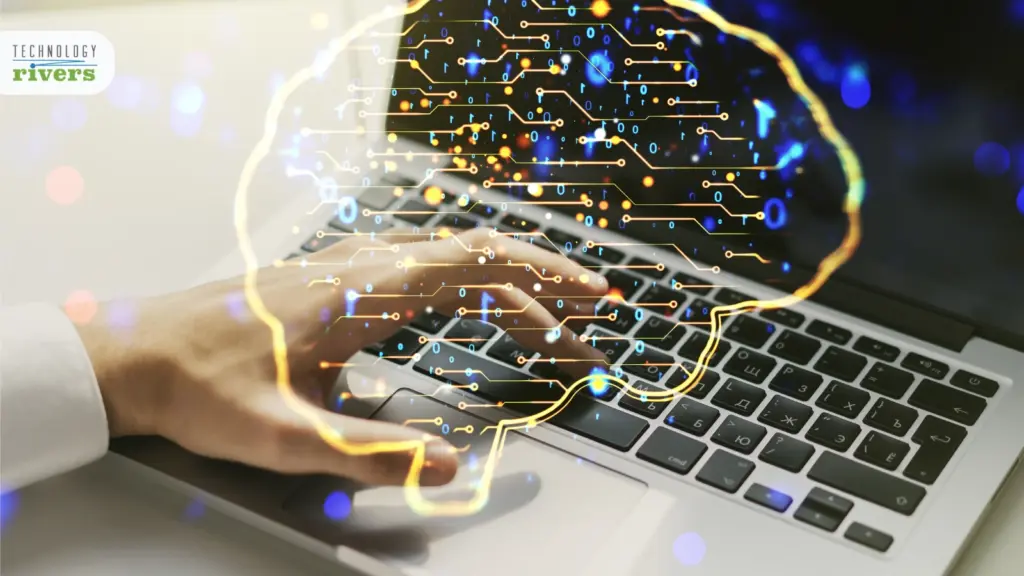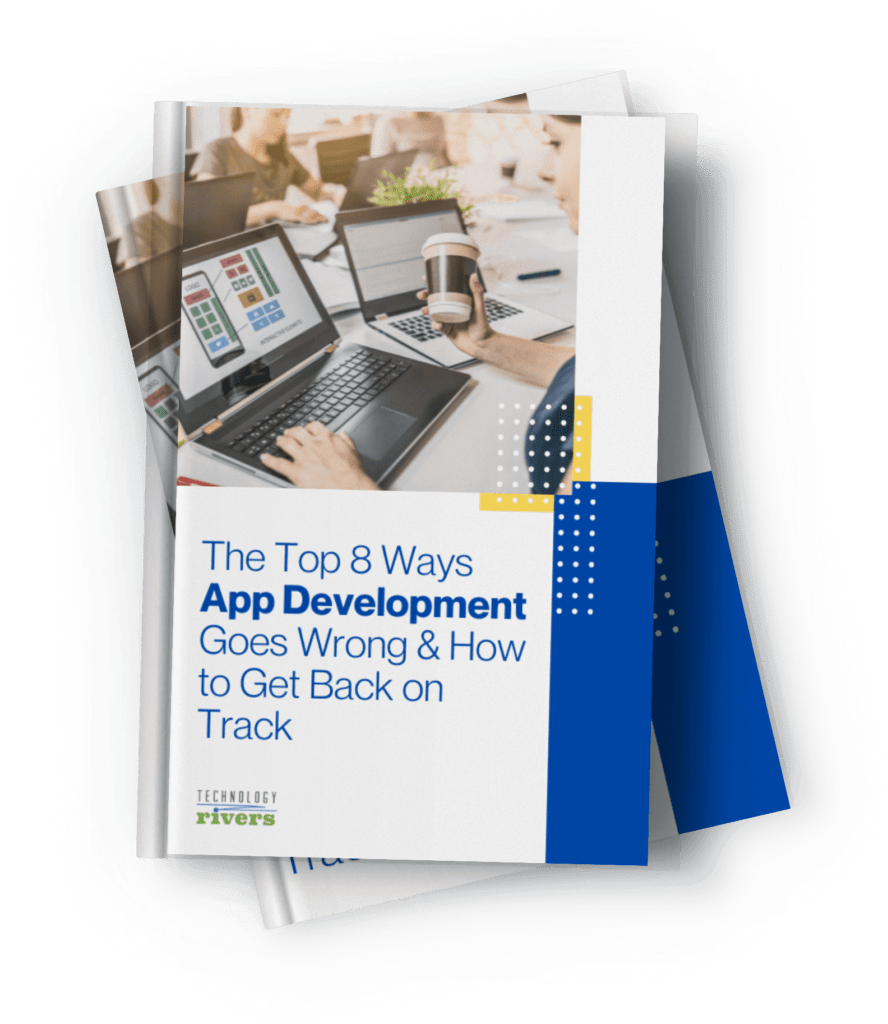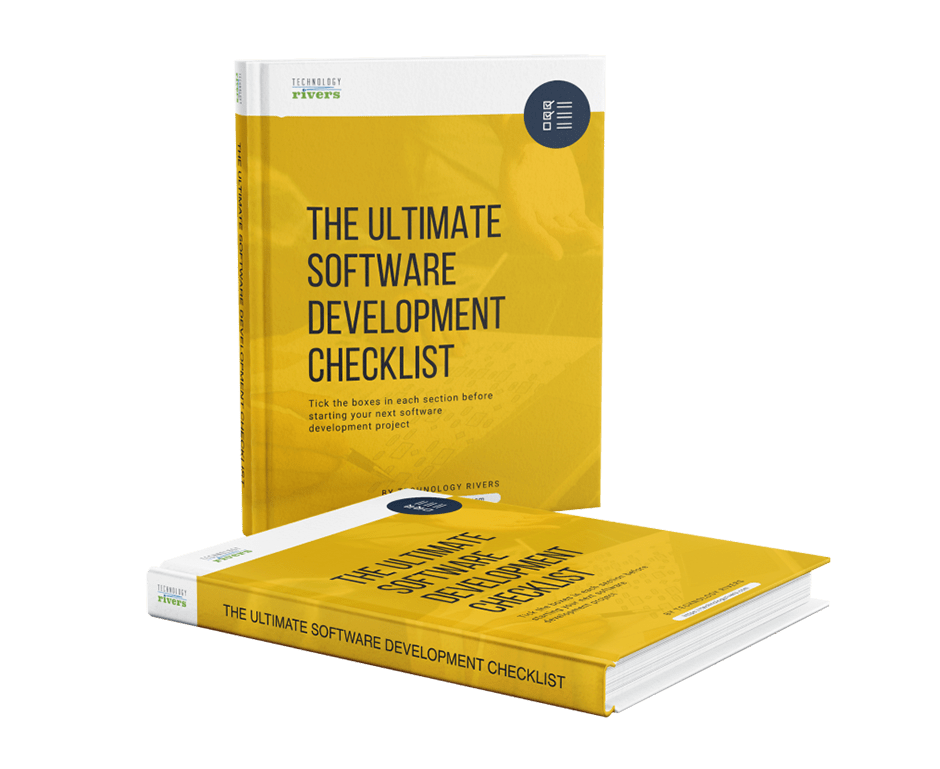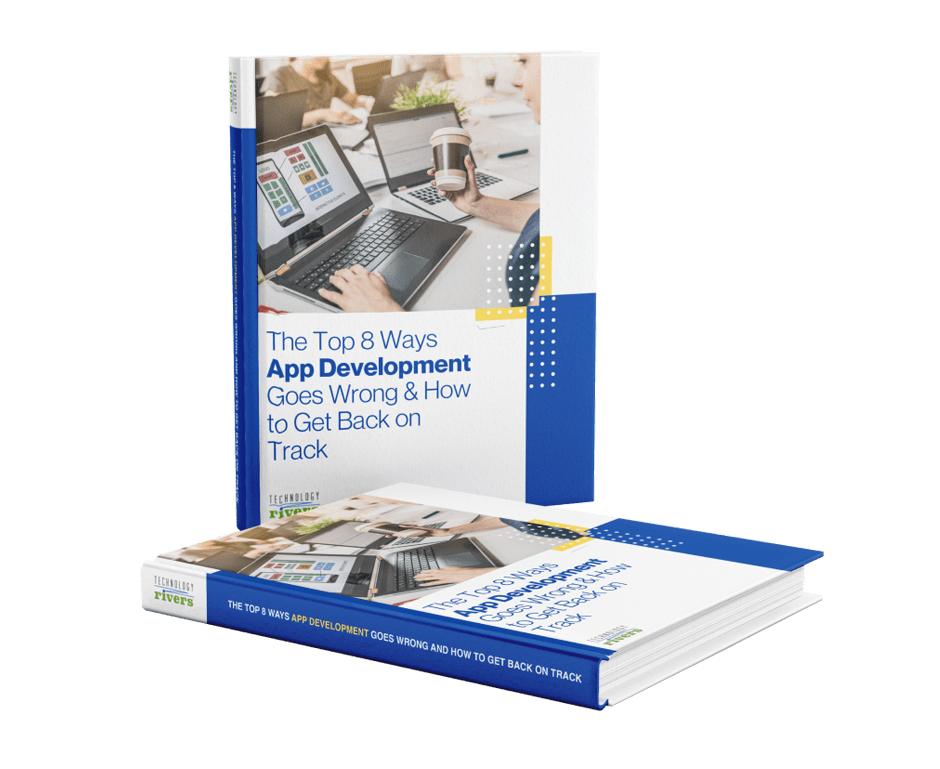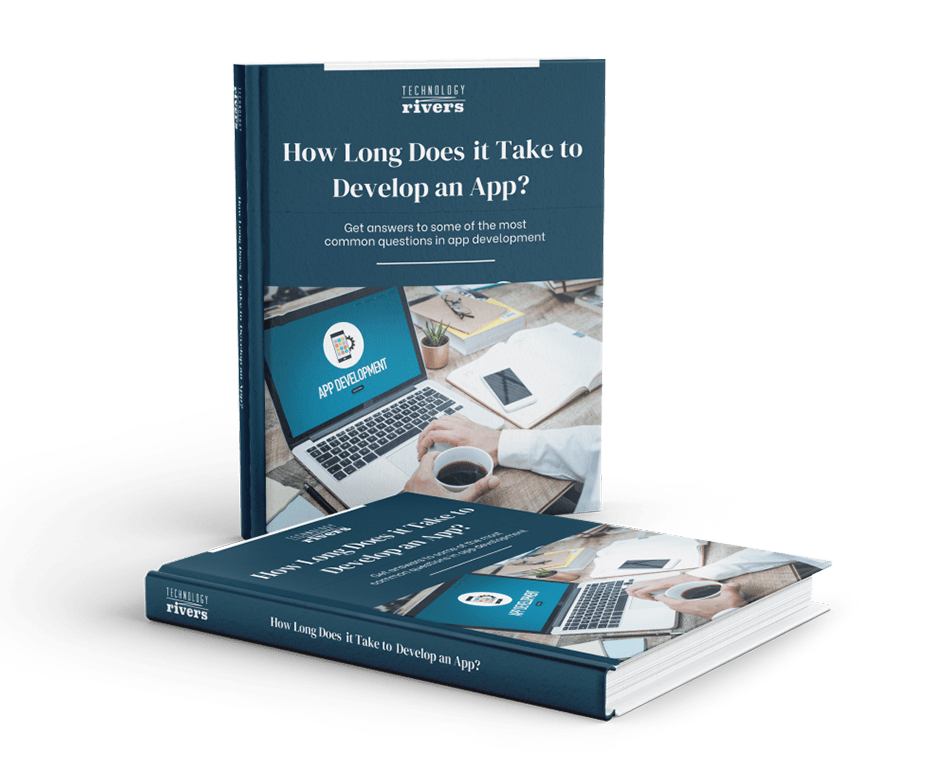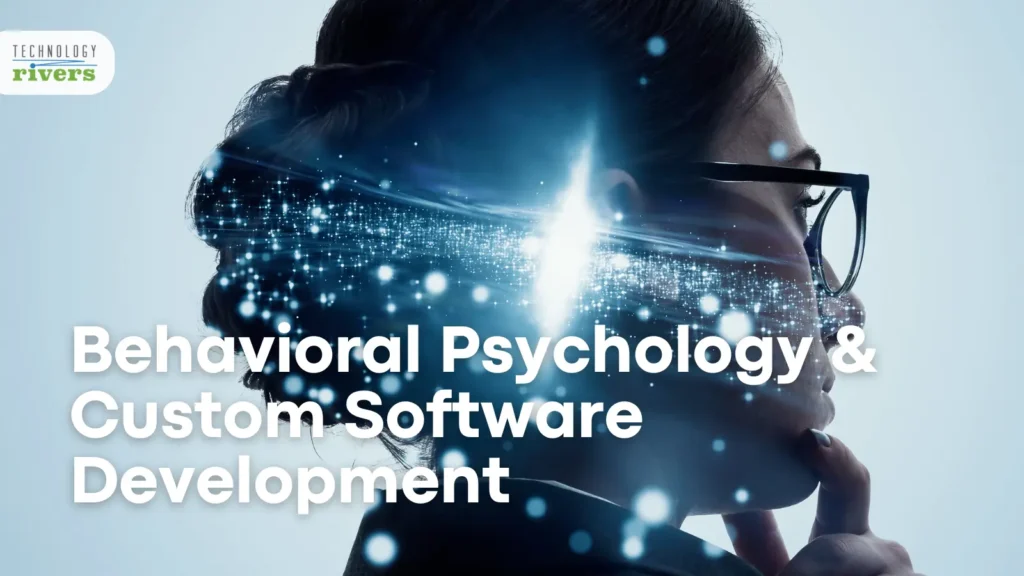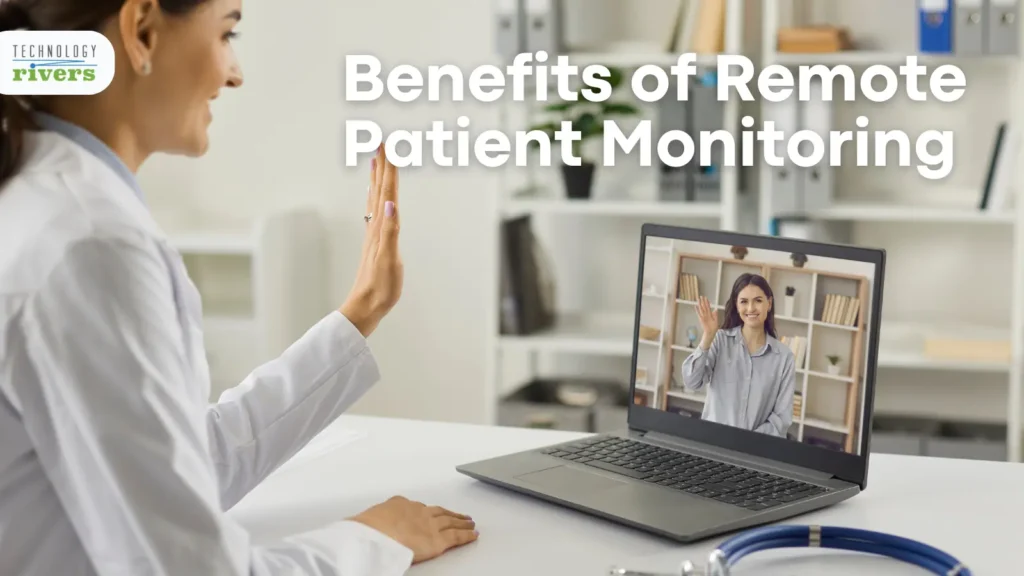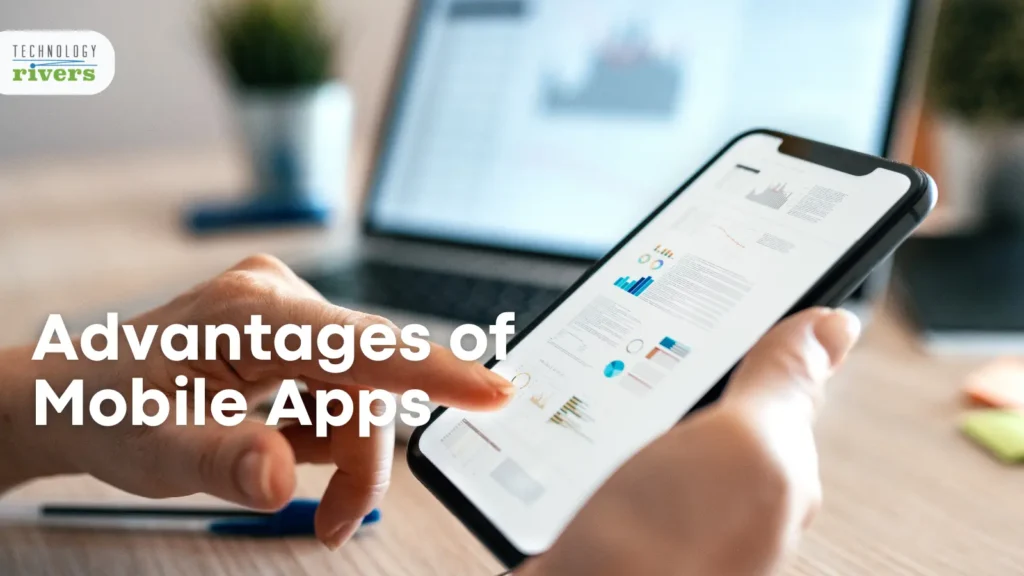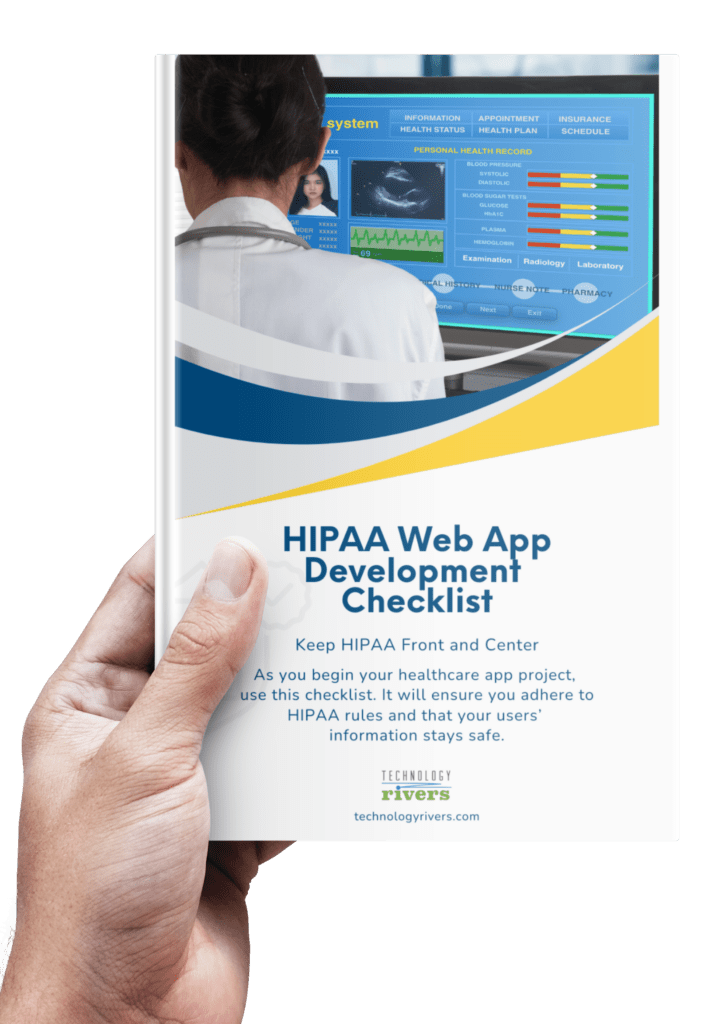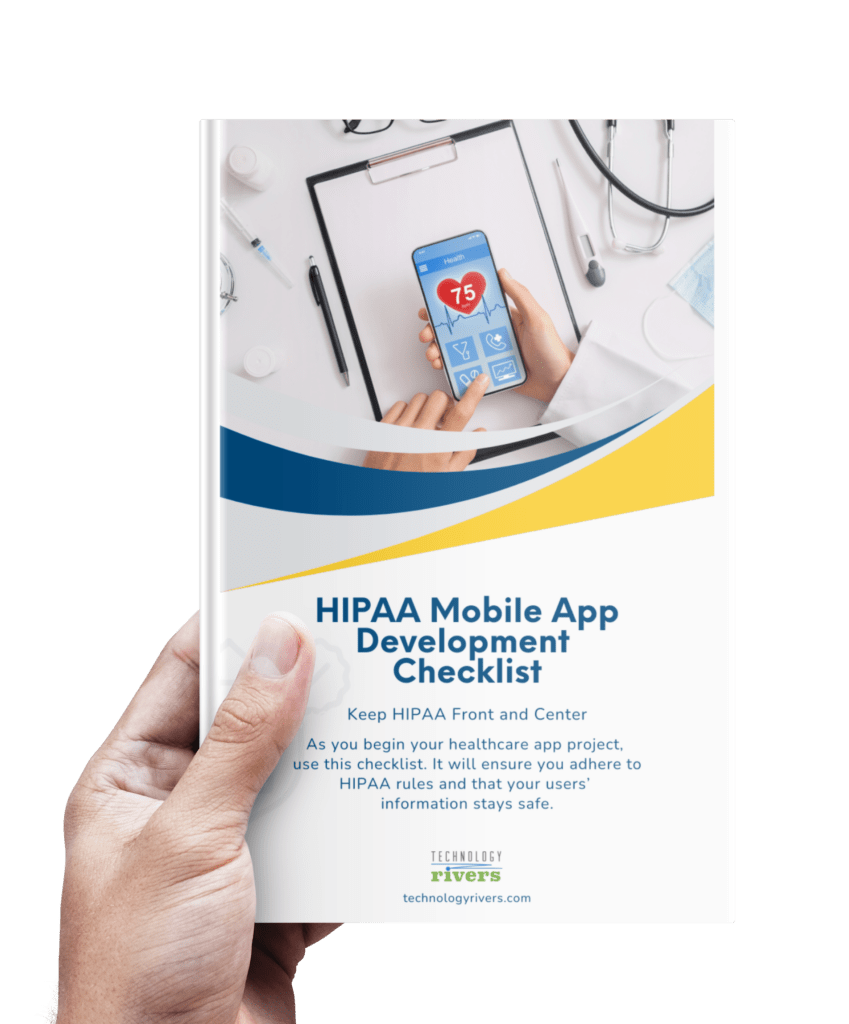Artificial Intelligence (AI) and Machine Learning (ML) are reshaping the world of healthcare right before our eyes, especially in Remote Patient Monitoring (RPM). Forget about fleeting tech trends — we’re talking about a revolution in patient care that’s breaking the mold of traditional medical practices.
Healthcare professionals and patients are rapidly getting on board with digital health tools, and it’s easy to see why. AI and ML in RPM aren’t just making patient care better — they’re completely transforming how efficiently and effectively healthcare services operate.
In this article, get ready to explore:
- The essential role AI and ML play in driving RPM forward.
- How these technologies are boosting patient outcomes and making healthcare more efficient.
- A sneak peek into the future of RPM, shaped by the advancements in AI and ML.
Let’s dive into the world of AI and ML in RPM and discover together how these tech marvels are redefining healthcare standards.
Understanding RPM and Its Current Landscape
Remote Patient Monitoring (RPM) isn’t a new concept, but it’s definitely taken on a new life in the digital age. Simply put, RPM is all about monitoring patients’ health outside the conventional clinical settings.
Think of it as healthcare coming to you, rather than you always going to it. With RPM, doctors keep tabs on your health through digital technologies, which means less time in waiting rooms and more personalized care.
But what’s the current scene like in RPM?
It’s a mix of smart wearables, mobile health apps, and remote monitoring devices, all working together to collect and analyze health data in real-time.
These tools are not just fancy gadgets; they’re vital in managing chronic conditions, post-operative care, and elderly care, making life easier for patients and doctors alike.
The real kicker? The COVID-19 pandemic has supercharged the RPM field. As in-person visits became risky, RPM stepped in as a lifeline, allowing continuous care without the need to physically visit a clinic or hospital.
This shift isn’t just a temporary response to a global crisis – it’s a preview of a more connected, digital-first healthcare future.
The Role of AI and Machine Learning in RPM
When we talk about AI and Machine Learning in Remote Patient Monitoring (RPM), we’re looking at a dynamic duo that’s truly revolutionizing patient care.
But what exactly are they doing? Let’s break it down.
AI in RPM is like having a super-smart assistant that can analyze vast amounts of data in a snap. This isn’t just about reading numbers; it’s about understanding patterns, predicting risks, and making recommendations.
For instance, AI algorithms can monitor a heart patient’s data in real-time, spot potential issues before they escalate, and alert healthcare providers for timely intervention.
Machine Learning takes this a step further. It’s all about learning from data over time. Think of it as the system getting smarter with each patient it monitors. It learns from historical data, understands what’s normal for each patient, and gets better at predicting future health trends.
This personalized approach means RPM can be tailored to each individual’s unique health needs.
The magic happens when AI and ML work together in RPM. They can detect anomalies that humans might miss, offer insights based on large data sets, and even support decision-making for healthcare providers.
This means more accurate diagnoses, more effective treatment plans, and ultimately, better patient outcomes.
Here’s a real-life example. Imagine “Bob,” a 60-year-old with type 2 diabetes. Through an RPM system enhanced with AI and ML, his healthcare provider monitors his blood sugar levels, medication adherence, and lifestyle factors in real-time.
The system not only alerts John and his doctor when his blood sugar deviates from normal ranges but also predicts potential future complications based on trends in his data. This proactive approach allows for timely adjustments in his treatment plan, preventing hospitalizations and improving his quality of life.
But it’s not just about the heavy lifting in data analysis. AI and ML are also making RPM more user-friendly. From chatbots that guide patients through daily health checks to intuitive dashboards for doctors, these technologies are making RPM more accessible and engaging for everyone involved.
5 Benefits of AI and Machine Learning in RPM
The introduction of AI and Machine Learning into Remote Patient Monitoring (RPM) is not just a technological upgrade — it’s a paradigm shift with tangible benefits. Here’s how they’re making a real difference:
- Enhanced Patient Outcomes: AI and ML are all about precision and personalization. By analyzing patient data in real-time, they can predict health risks and prevent complications. This means patients get a more proactive approach to their health, leading to better overall outcomes.
- Increased Efficiency for Healthcare Providers: Imagine a world where healthcare providers can focus more on patient care and less on sifting through data. That’s what AI in RPM offers. It streamlines data analysis, frees up time for medical professionals, and reduces the risk of burnout. This efficiency translates to more focused and effective patient care.
- Predictive Analytics: This is where Machine Learning shines. By learning from patterns in patient data, ML can anticipate future health events. This predictive power is a game-changer, especially for chronic disease management. It allows for timely interventions, which can be lifesaving.
- Empowering Patients: RPM, powered by AI and ML, puts patients in the driver’s seat of their health journey. With user-friendly interfaces and real-time feedback, patients become more engaged and informed about their health. This empowerment leads to better adherence to treatment plans and healthier lifestyle choices.
- Cost-Effectiveness: By reducing the need for frequent in-person visits and catching potential issues early, AI-enhanced RPM can significantly cut healthcare costs. This is a win-win for both patients and healthcare systems.
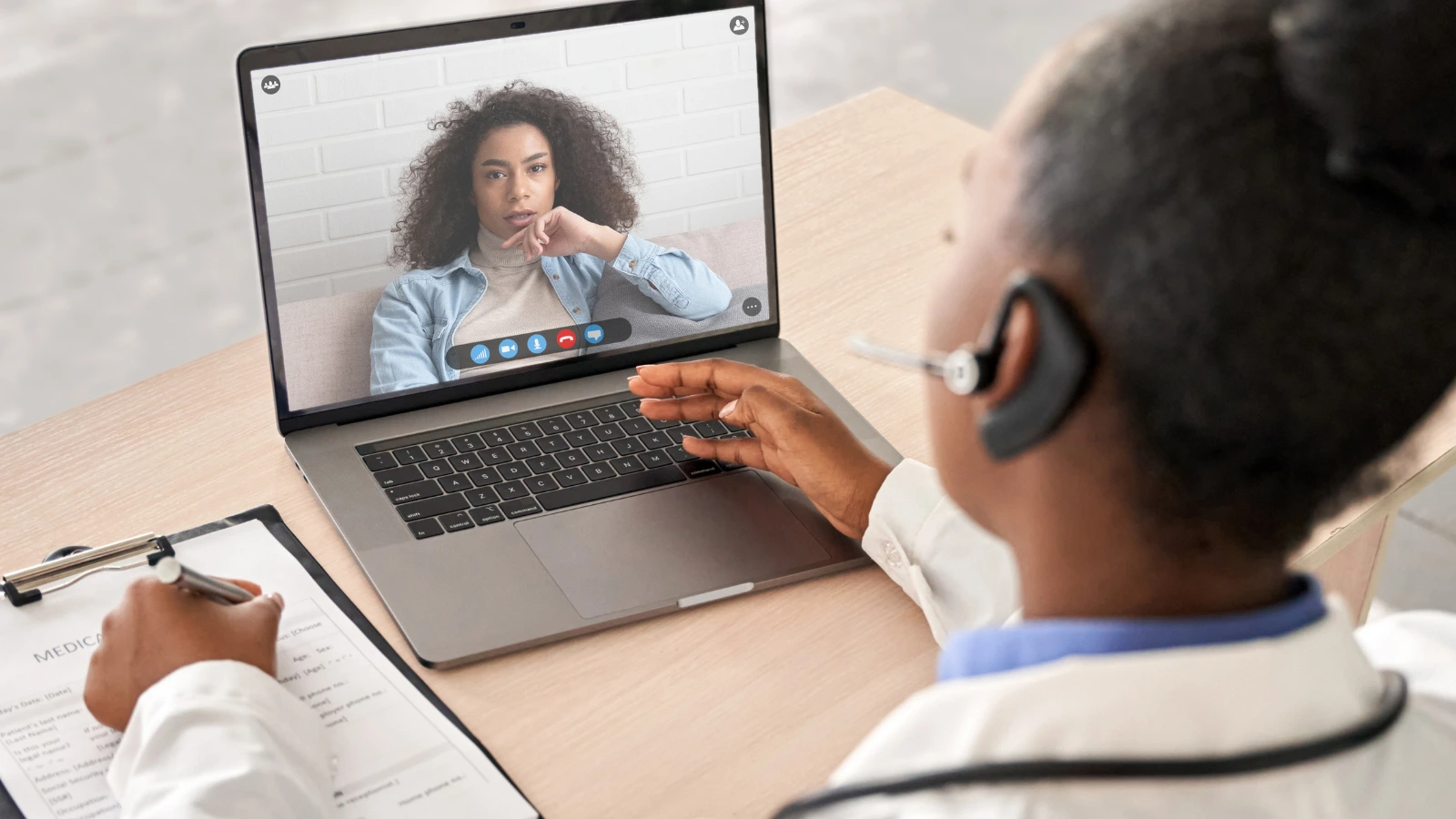
Here’s a real-life example to tie it all together:
Imagine a doctor named “Dr. Smith.” Dr. Smith is juggling a bunch of patients, each with their own health challenges. She brings in this AI-driven RPM system, and voilà, it’s like having an assistant that never sleeps.
The system sorts patients by who needs the most attention and serves up smart insights for personalized care. For Dr. Smith, this is a game-changer. Her patients are getting better care, and she’s spending her time where it matters most – with the patients themselves.
The benefits of AI and ML in RPM are clear: smarter monitoring, better health outcomes, and a more efficient healthcare system. As these technologies continue to evolve, we can expect even more groundbreaking advancements in patient care.
6 Challenges and Considerations in AI and ML for RPM
While AI and Machine Learning are significantly enhancing RPM, their integration isn’t without challenges. It’s important to consider these hurdles to fully understand the landscape and work towards effective solutions.
- Data Privacy and Security: With the increasing use of AI and ML in RPM, patient data is being collected and analyzed at unprecedented scales. This raises significant concerns about data privacy and security. Ensuring that patient information is secure and used in compliance with regulations like HIPAA is crucial.
- Accuracy and Reliability: The effectiveness of AI and ML in RPM heavily relies on the accuracy of the algorithms used. Incorrect data analysis can lead to misdiagnosis or missed warning signs. Continuous refinement and validation of these algorithms are essential to maintain reliability.
- Implementation Costs: Setting up an AI and ML infrastructure for RPM can be costly. This includes the expenses for technology development, system integration, and ongoing maintenance. These costs can be a barrier, especially for smaller healthcare providers.
- Technology Adoption: Resistance to change is a common challenge. Educating healthcare providers and patients about the benefits and workings of AI-powered RPM is necessary for widespread adoption. Overcoming skepticism and ensuring the user-friendliness of the technology is key.
- Regulatory Hurdles: The regulatory landscape for AI and ML in healthcare is still evolving. Navigating these regulations, which can vary by region, and ensuring compliance can be a complex and ongoing process.
- Ethical Considerations: As AI and ML take on more roles in patient care, ethical questions arise. This includes concerns about algorithmic bias, decision-making transparency, and the extent of reliance on technology for critical health decisions.
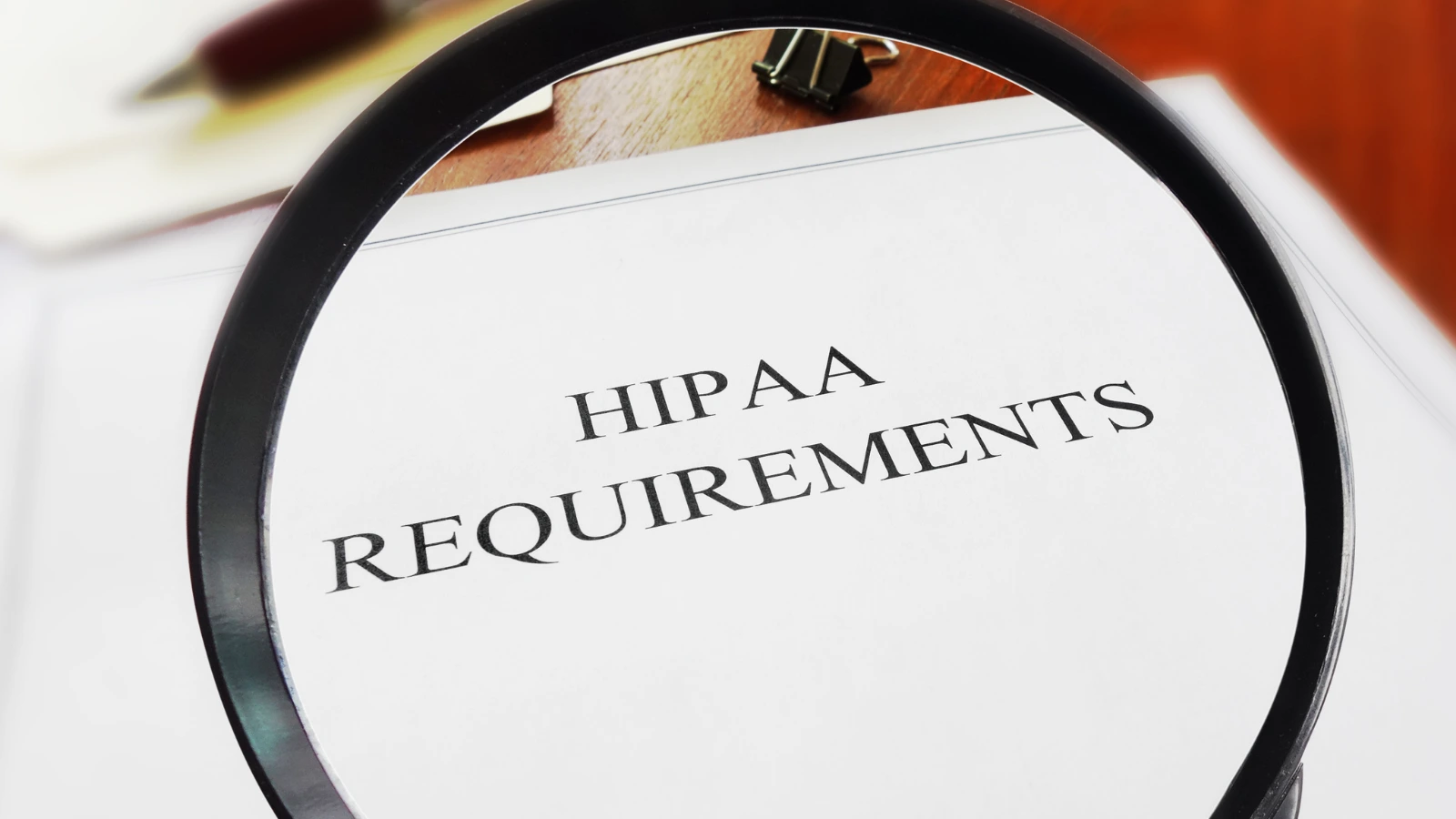
When trying to get our heads around the complex rules governing AI and Machine Learning in healthcare, Dr. Sara Richardson, a well-known expert in health tech law, really helps make sense of it all.
She’s done a ton of research and writing on how healthcare laws work, especially with new tech on the rise.
Dr. Richardson points out how important it is to keep up with these constantly changing HIPAA rules.
She believes that understanding these legalities is crucial, not just to follow the law, but also to be a leader in healthcare innovation.
Dr. Richardson tells us that in this rapidly changing world of healthcare tech, knowing your way around the legal aspects is like having a trusty compass, guiding you through new developments, and making sure everything is done the right way.
Addressing these challenges requires a collaborative effort from tech developers, healthcare providers, regulatory bodies, and patients. As these hurdles are navigated, the full potential of AI and ML in RPM can be more effectively harnessed.
Future Outlook and Emerging Trends in AI and ML for RPM
As we look to the future, the role of AI and Machine Learning in Remote Patient Monitoring (RPM) is poised for even more exciting developments. Here’s a glimpse into what’s on the horizon:
- Advanced Predictive Analytics: Expect AI and ML algorithms to become even more sophisticated in predicting health events. Future advancements may enable earlier detection of conditions like heart disease or diabetes, potentially even before symptoms are evident to patients.
- Integration with Emerging Technologies: The convergence of AI and ML with other cutting-edge technologies like 5G connectivity, Internet of Things (IoT), and wearable tech will further enhance RPM. This integration promises more seamless data collection and real-time monitoring, leading to more responsive and effective patient care.
- Personalized Healthcare Journeys: As AI and ML technologies mature, RPM will become more personalized. This means treatment plans and health monitoring tailored to individual patient profiles, taking into account their unique medical history, lifestyle, and even genetic factors.
- Voice and Image Recognition: The future of RPM might see more use of voice and image recognition technologies, powered by AI. This could include voice-based interfaces for easier patient interaction with RPM devices or image-based diagnostics to identify skin conditions or track wound healing.
- Enhanced Patient Engagement: AI-driven chatbots and virtual health assistants are expected to become more prevalent in RPM. These tools can provide patients with instant feedback, reminders for medication, and even basic health advice, ensuring higher engagement and adherence to care plans.
- Global Health Equity: AI and ML in RPM have the potential to bridge healthcare gaps in remote or underserved areas. By providing high-quality monitoring and care remotely, these technologies could play a crucial role in improving global health equity.
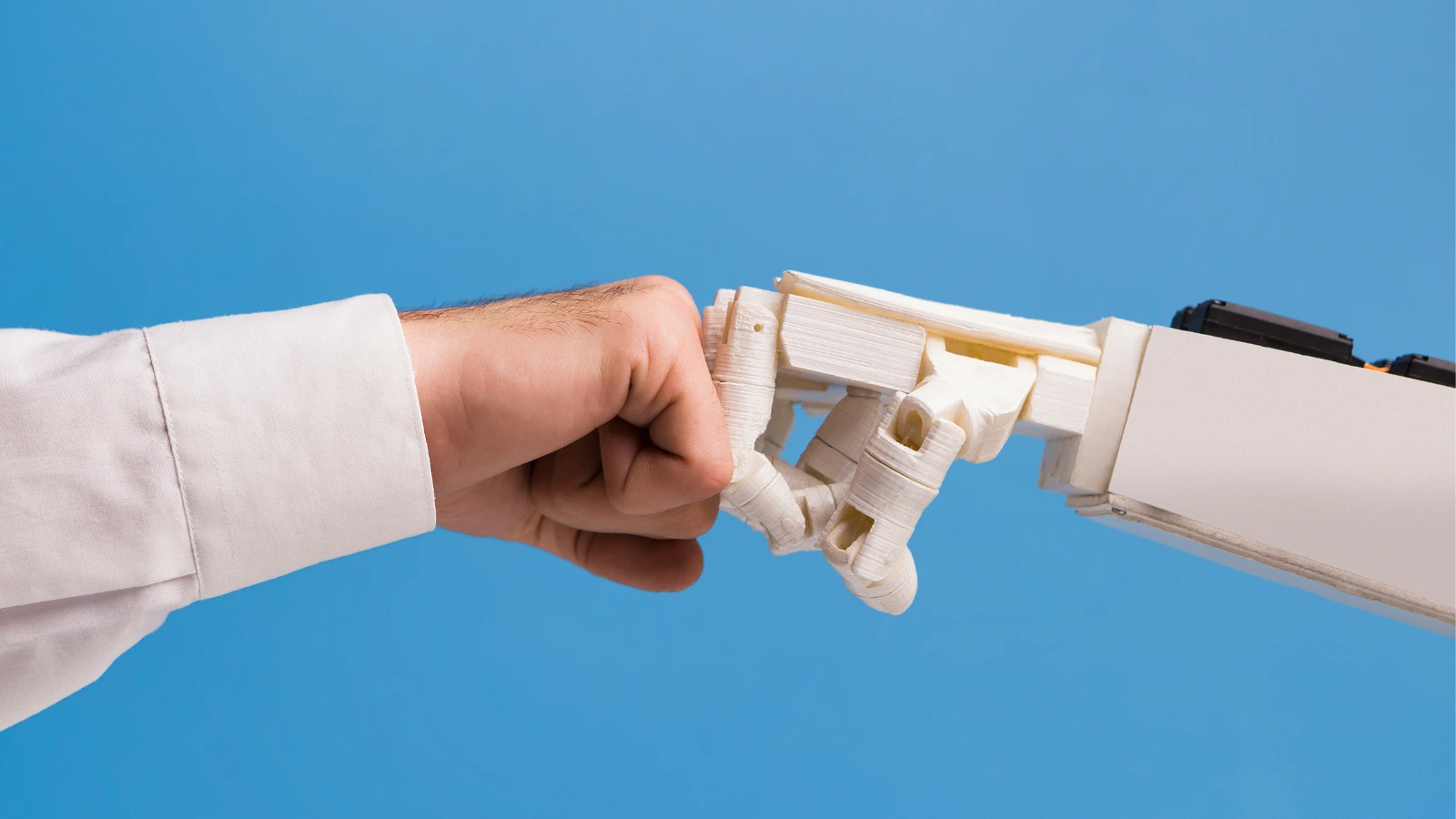
Here’s an example that will help bring to life one of the massive benefits:
Fast forward to a future where a small, remote village has limited healthcare resources. Here, RPM devices, now smarter with AI and ML, are the village’s healthcare superheroes. They help local health workers catch health issues early, thanks to advanced analytics.
Plus, with telemedicine, specialists from the big city can chip in with their expertise. The result? A big leap in health outcomes for an area that once struggled with basic healthcare access.
The future of AI and ML in RPM is not just about technological advancements – it’s about creating a more proactive, personalized, and accessible healthcare system. As these technologies evolve, they hold the promise of transforming healthcare delivery for the better.
To Wrap it Up
In this journey through the realms of AI and Machine Learning in Remote Patient Monitoring (RPM), we’ve uncovered a world where technology is not just an aid but a transformative force in healthcare.
From enhanced patient outcomes and increased efficiency for healthcare providers to the challenges of data privacy and the need for continuous innovation, AI and ML are reshaping RPM in profound ways.
Key takeaways from our exploration include:
- AI and ML are integral to advancing RPM, offering personalized, predictive healthcare.
- Despite their benefits, these technologies face challenges like data security and ethical considerations.
- The future of RPM is vibrant, with AI and ML leading towards more advanced predictive analytics, personalized care, and global health equity.
As we look ahead, the role of AI and ML in RPM is set to grow even more influential. If you’re intrigued by the potential of these technologies in other healthcare areas, the natural next step would be to explore how AI and ML are revolutionizing fields like telemedicine, drug discovery, or patient data management.
Each of these areas offers a new perspective on the power of AI and ML to innovate and improve healthcare outcomes.
The fusion of AI and ML with RPM is not just a glimpse into the future of healthcare; it’s a step into a world where technology and healthcare converge for the betterment of patient care and medical efficiency.
Take the Next Step
Ready to see how these technologies can revolutionize patient care in your practice or business? The journey to more proactive and personalized healthcare starts here.
Sign up for a free consultation, or as we like to call it, “brainstorming session” today. Learn how our expertise in AI, ML, and RPM can tailor solutions to meet your unique healthcare needs. Whether you’re looking to implement RPM technology, seeking ways to improve patient outcomes, or curious about the future of digital health, our team is here to guide you.
Don’t miss this opportunity to be at the forefront of healthcare innovation. Sign Up With Us Now and take the first step towards a smarter, more efficient healthcare future.


